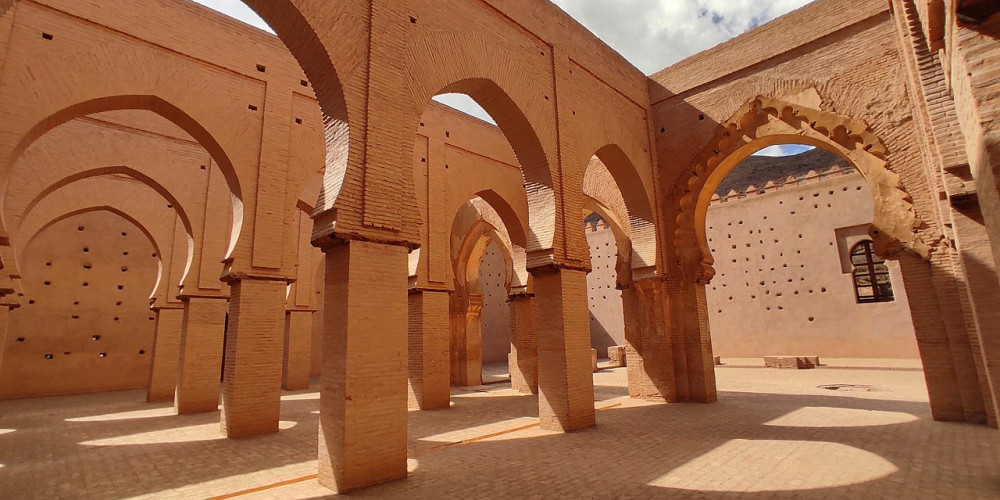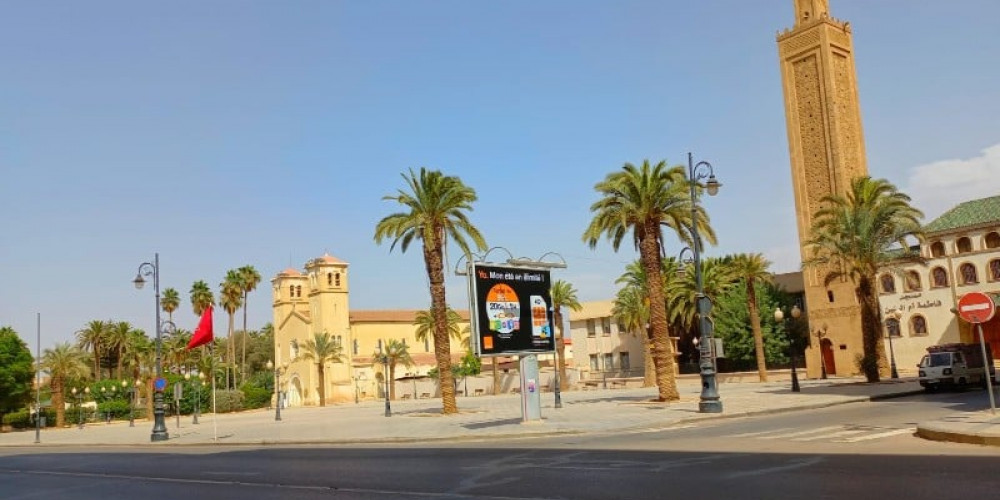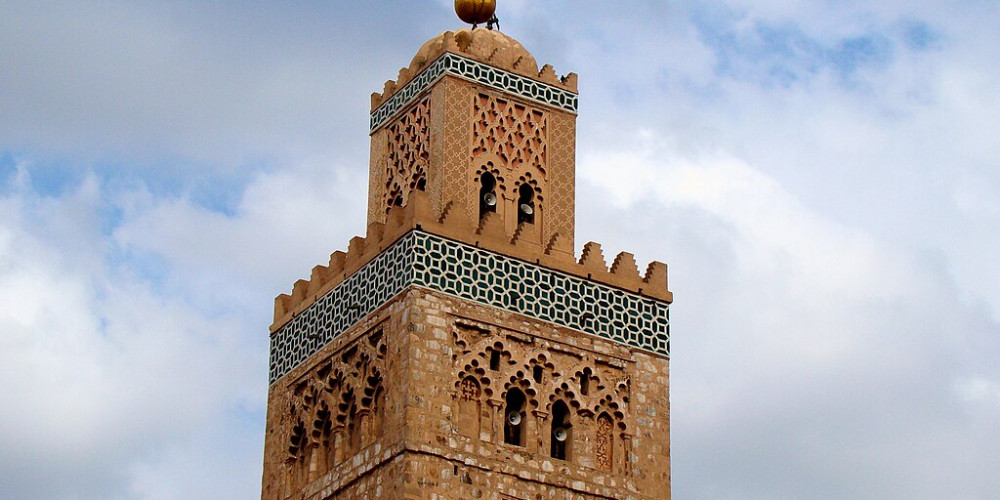Brú na Bóinne is an archaeological site located in Ireland, which is recognized as a UNESCO World Heritage Site. It is situated on the bend of the River Boyne and is home to some of the most significant prehistoric monuments in Europe. The site is believed to have been constructed over 5,000 years ago and is a testament to the advanced engineering and architectural skills of the Neolithic people who built it.
The site is home to three main monuments: Newgrange, Knowth, and Dowth. Newgrange is the most famous of the three and is a large circular mound with a stone passageway and chambers inside. It is believed to have been used for religious and ceremonial purposes and is aligned with the winter solstice, allowing the sun to shine directly into the chamber on this day.
Knowth is another large mound with multiple passageways and chambers, and is believed to have been used for burial purposes. It is decorated with intricate carvings and artwork, including some of the earliest examples of Celtic art.
Dowth is the smallest of the three mounds and is believed to have been used for both religious and burial purposes. It is also decorated with carvings and artwork.
Visitors to Brú na Bóinne can take guided tours of the site and explore the various monuments and their history. The site is also home to a visitor center, which provides information on the history and significance of the site, as well as exhibits on the Neolithic period in Ireland.
Overall, Brú na Bóinne is a fascinating and important archaeological site that offers a glimpse into the lives and beliefs of the Neolithic people who built it.










